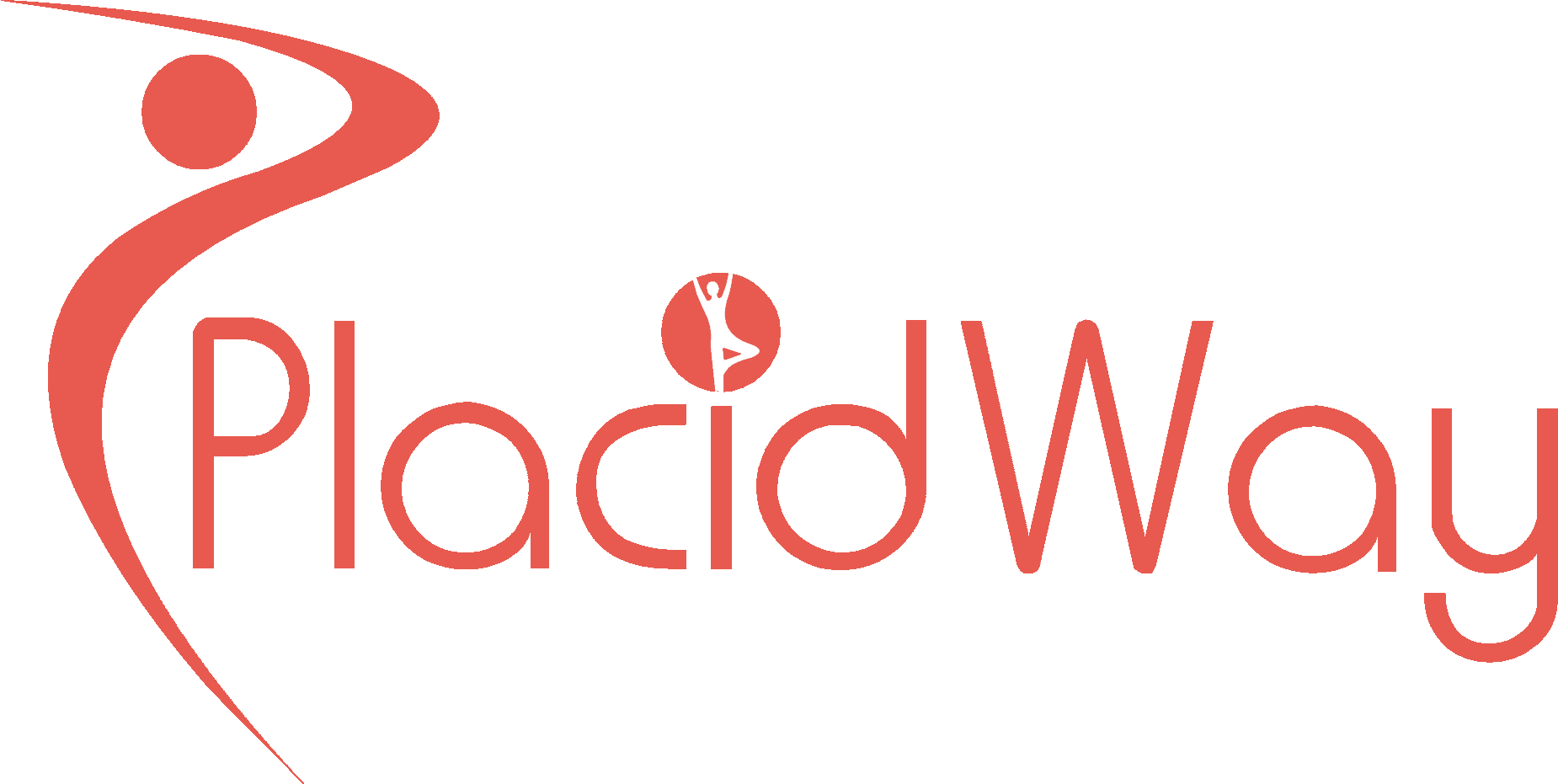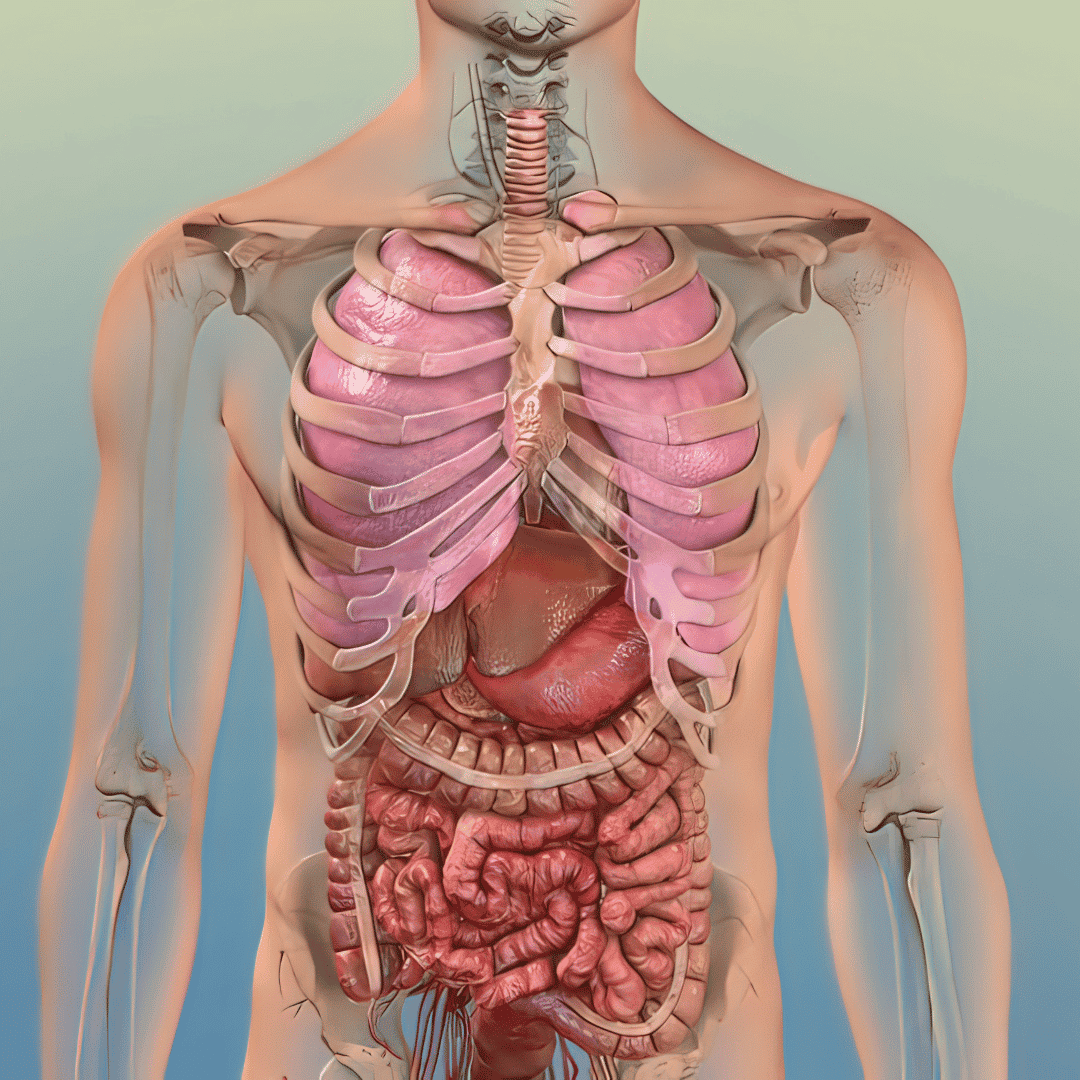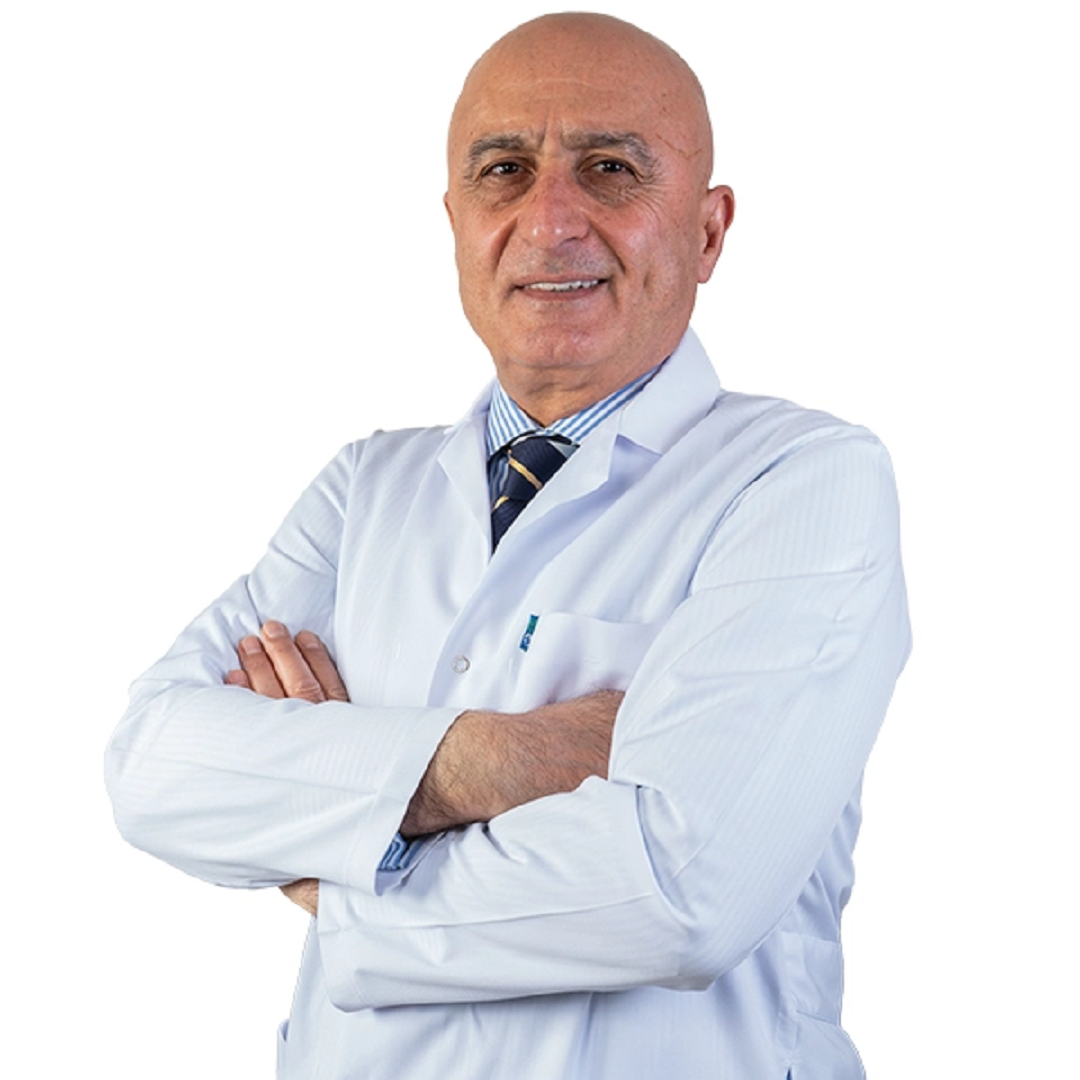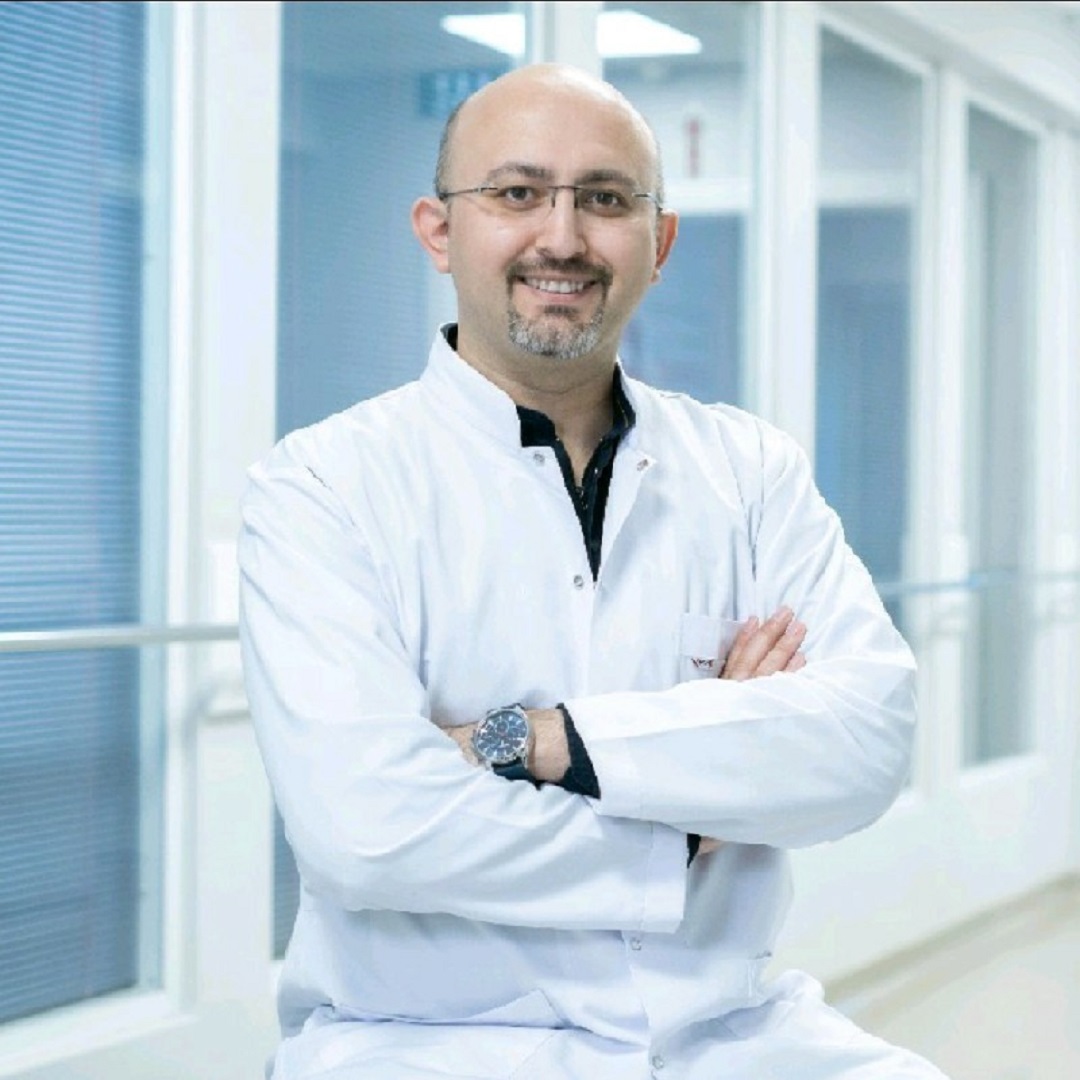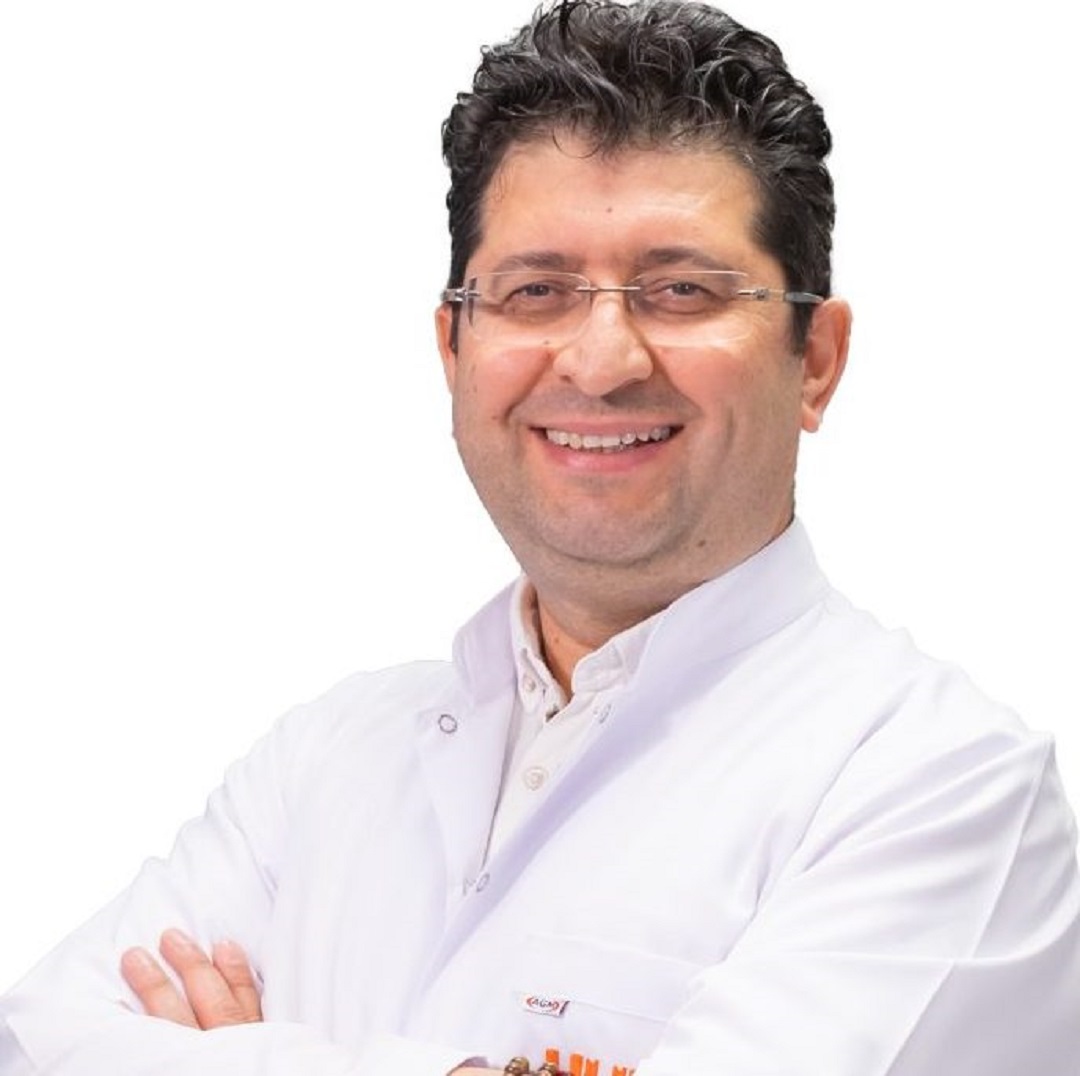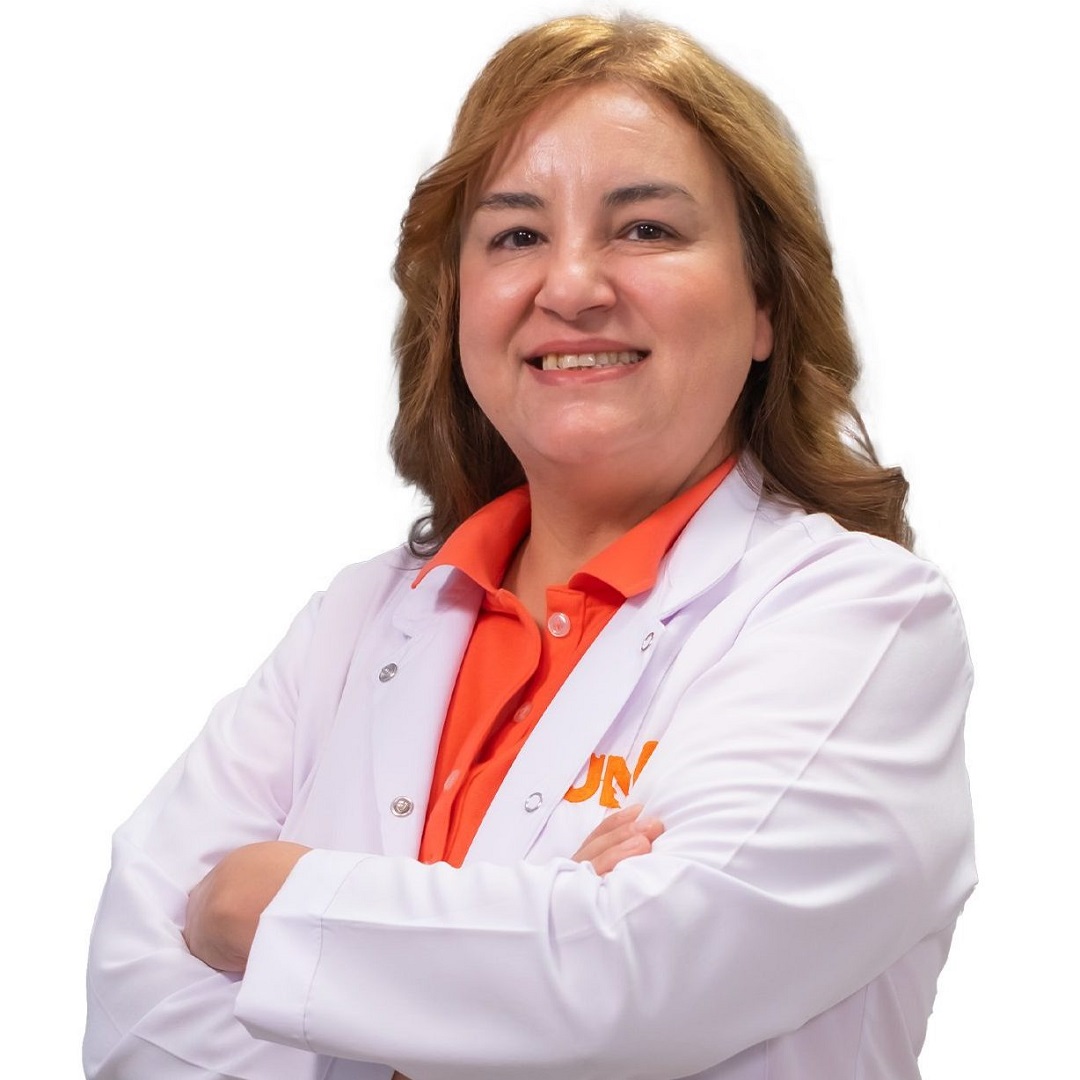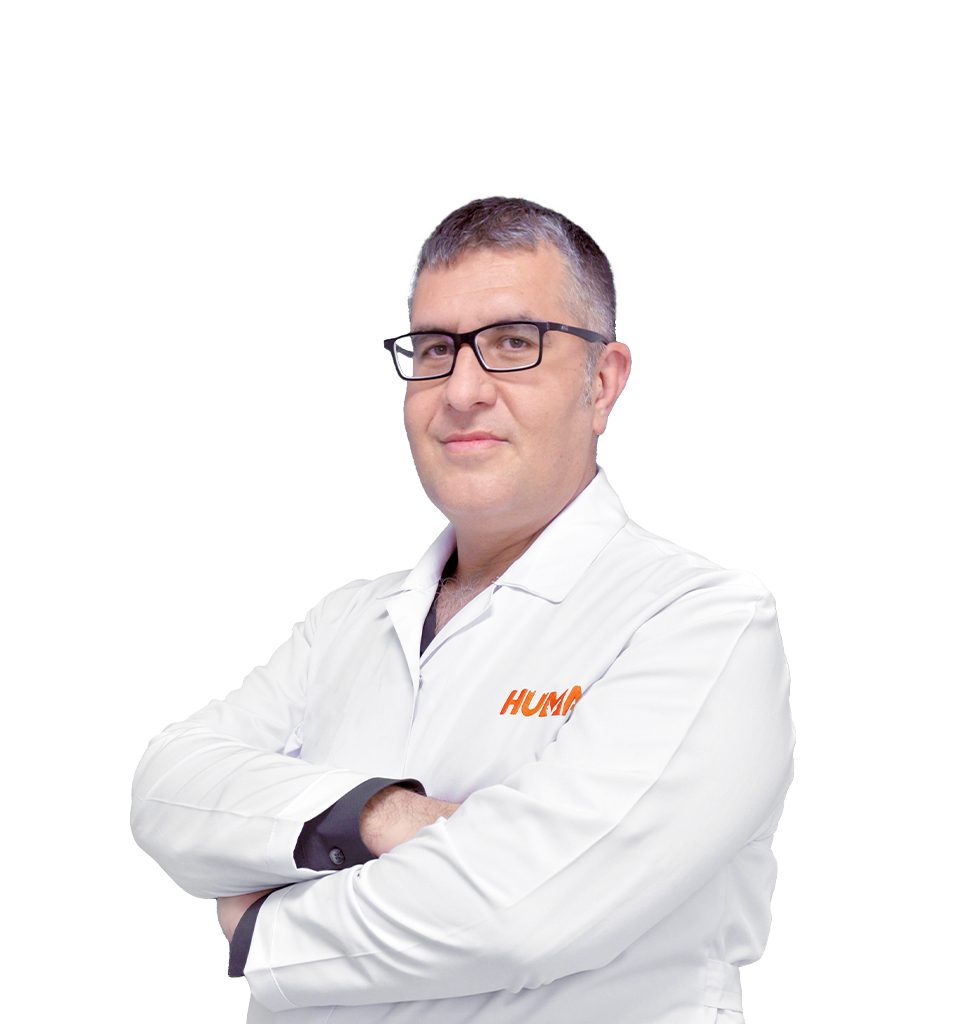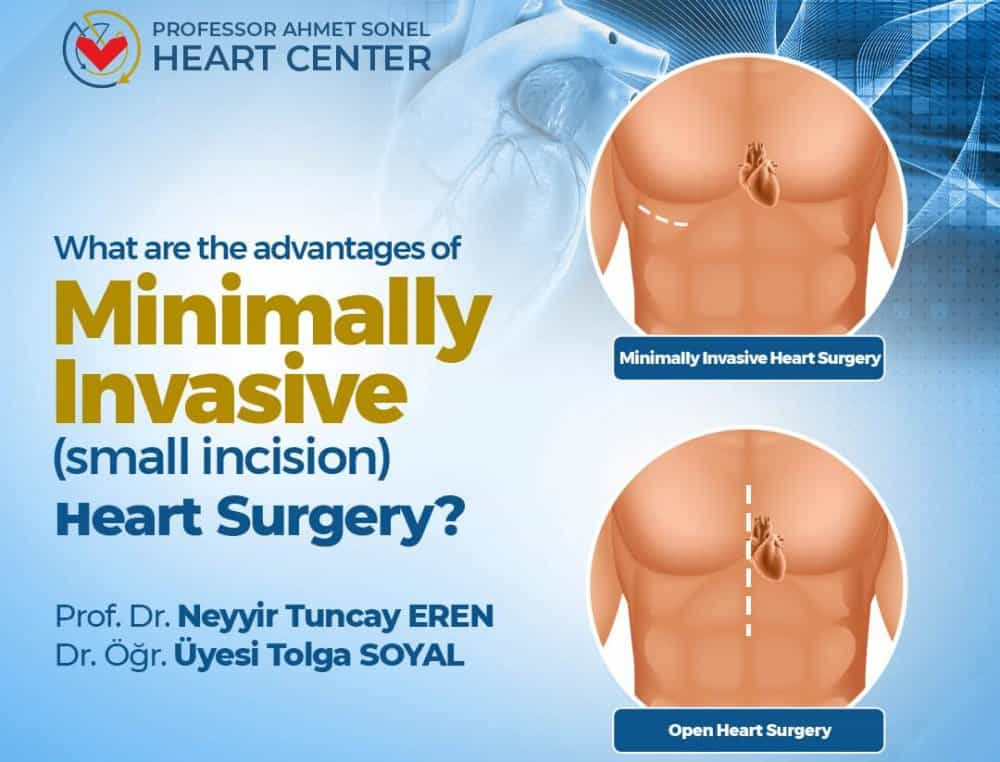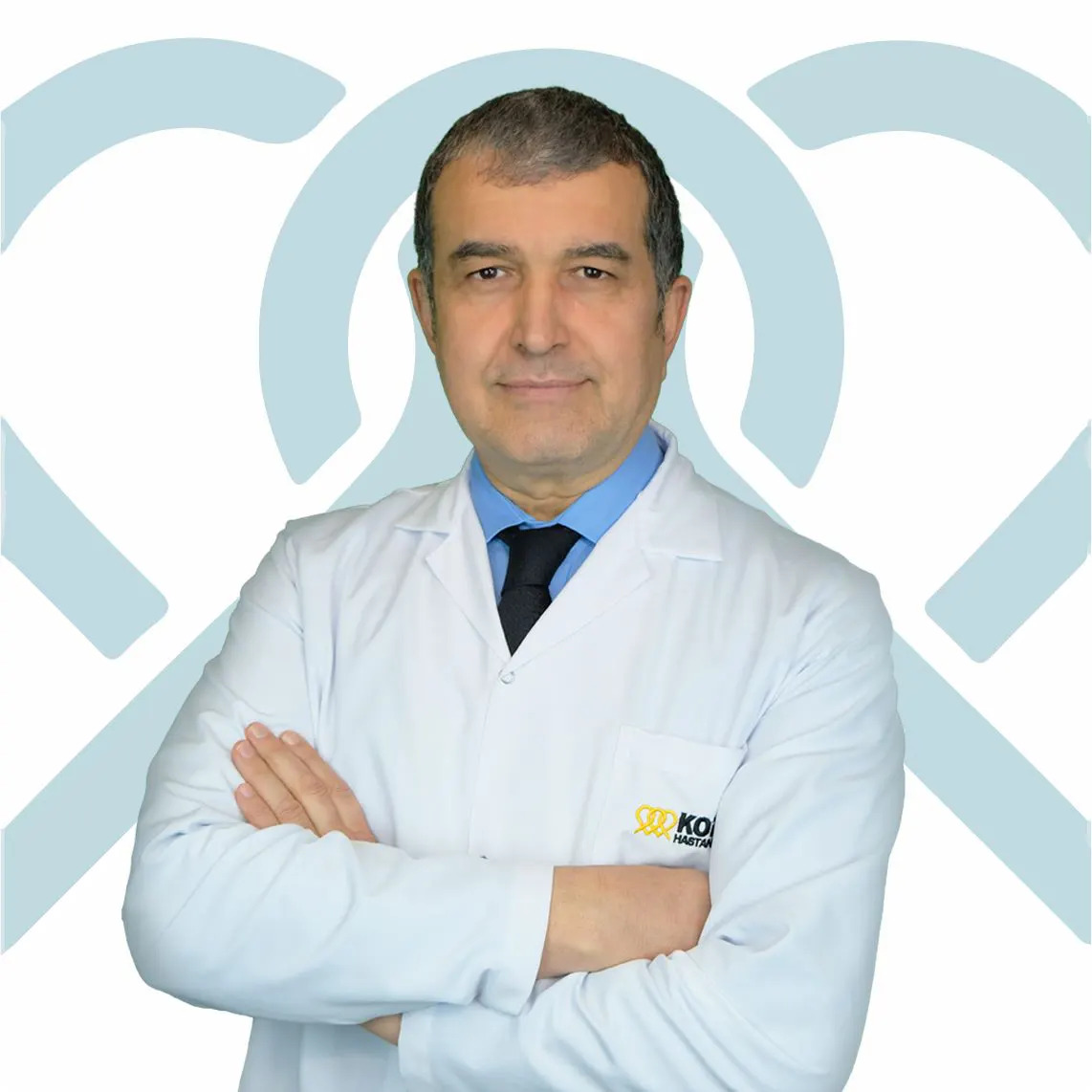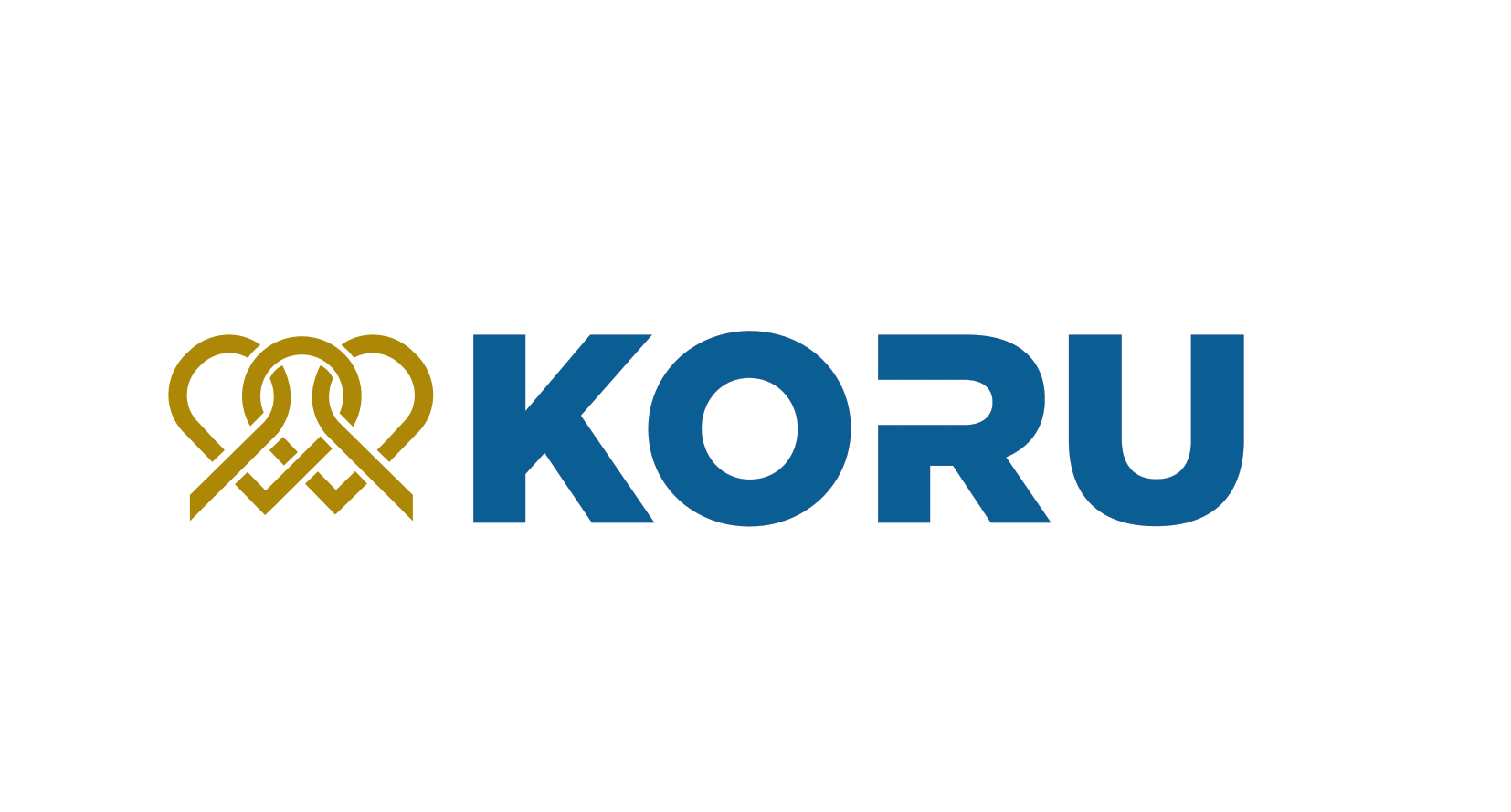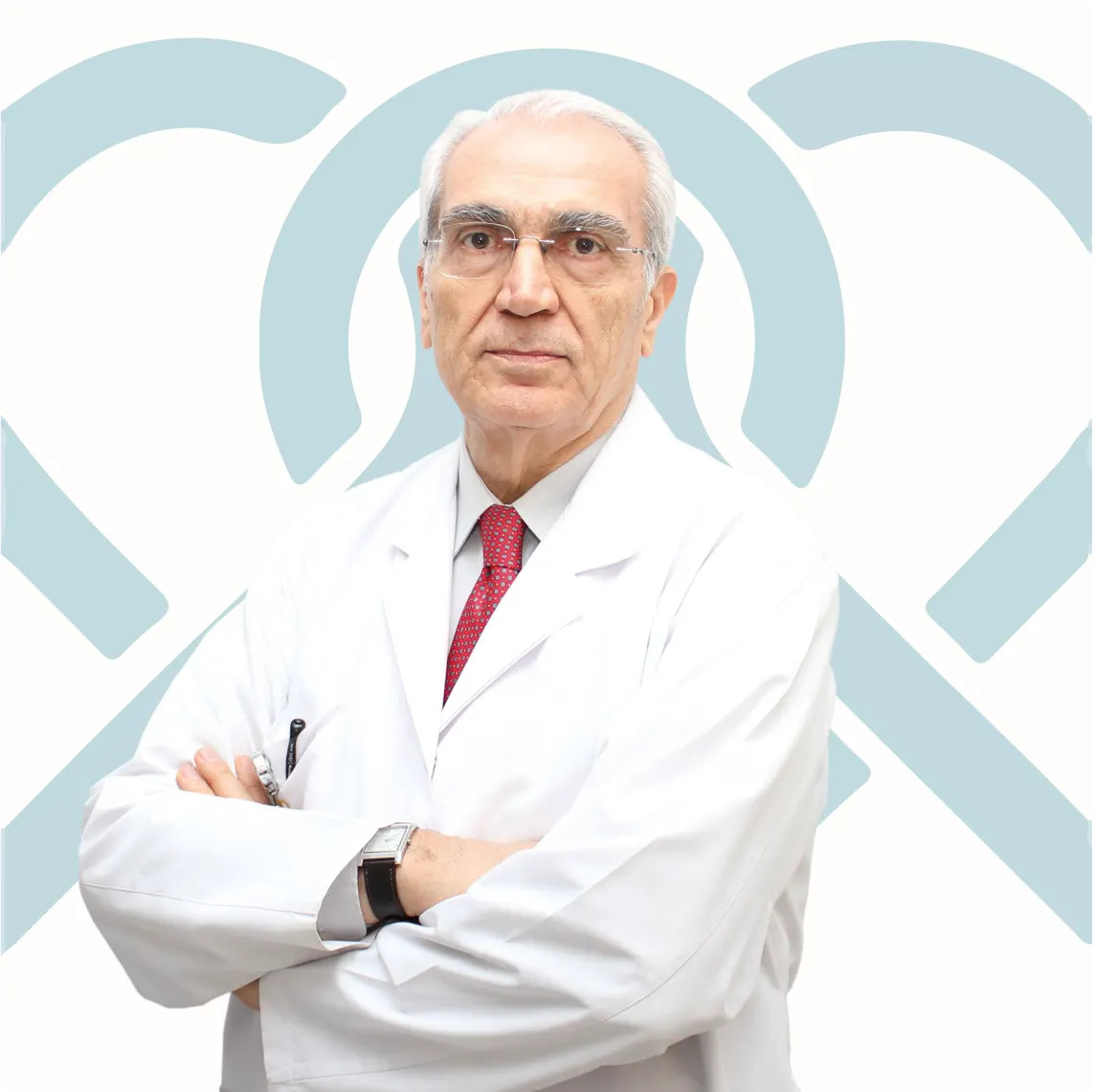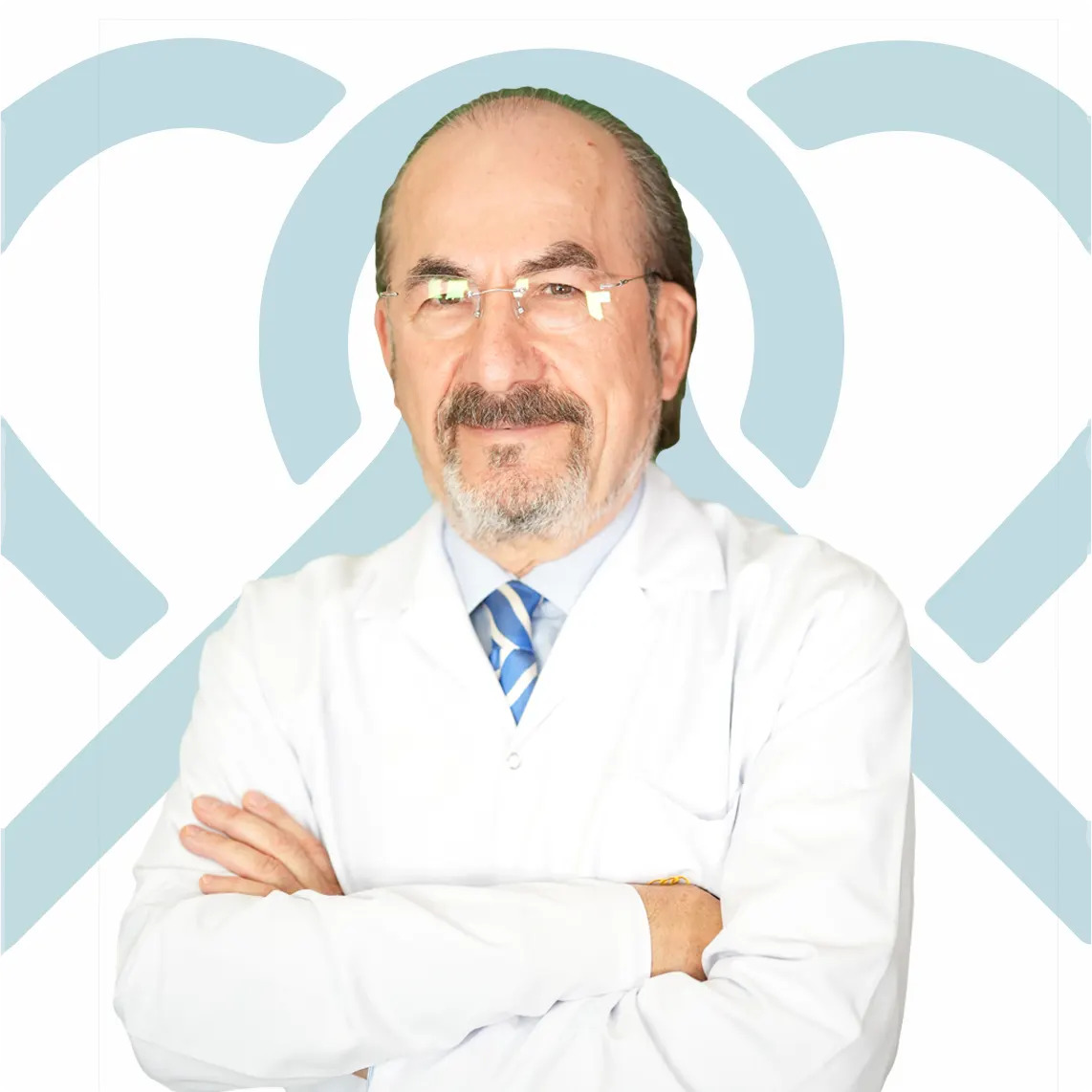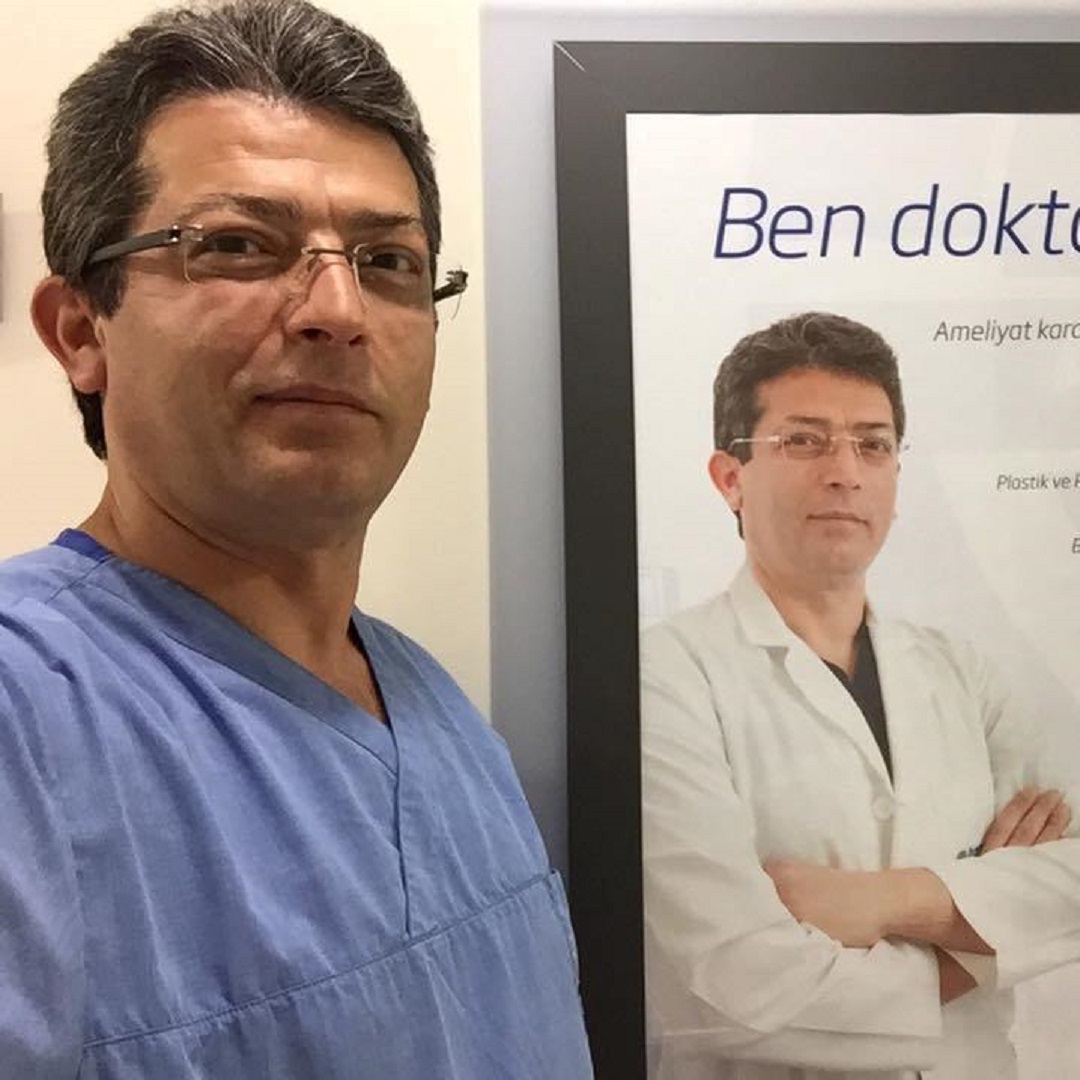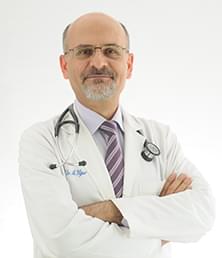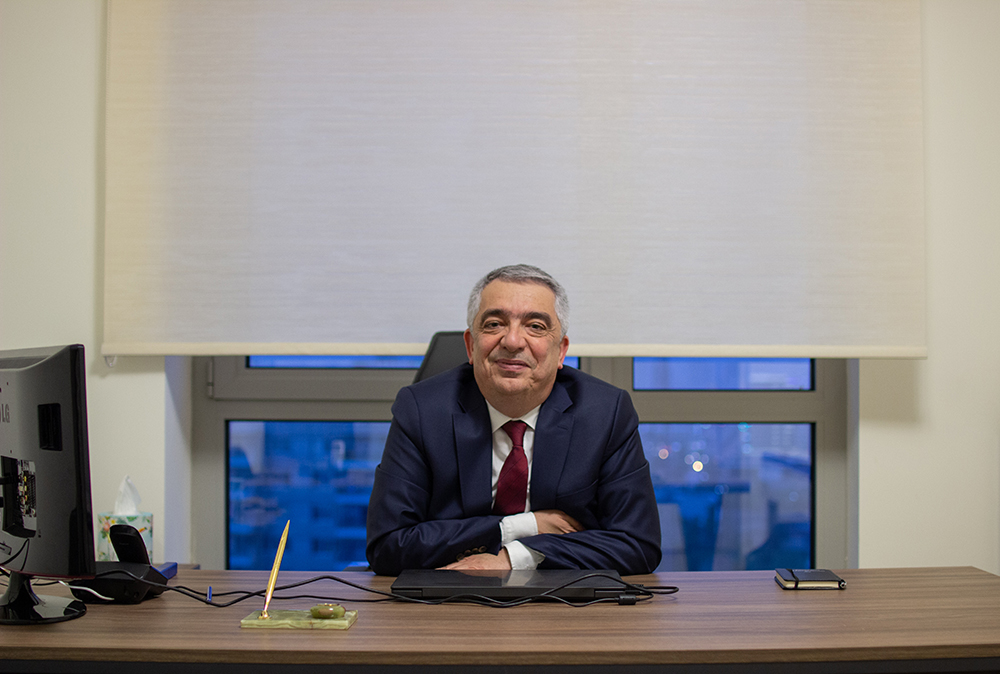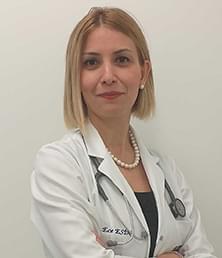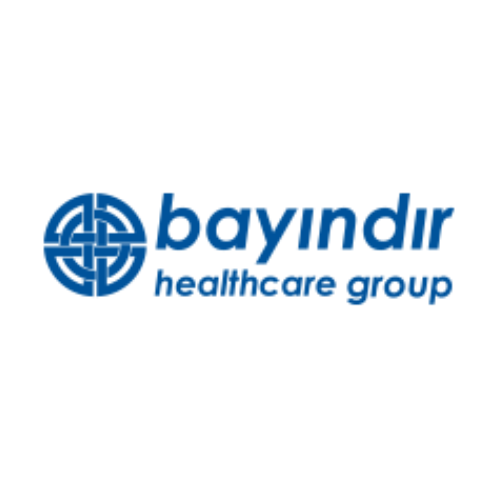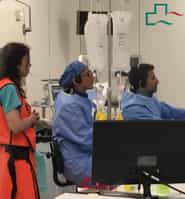
Personalised Diagnosis, Treatment and Follow Up for Breast Cancer Patients in Italy
One in every nine women will be stricken with breast cancer in their life, or in other words, approximately two million women across the next twenty years. Surgery is usually the first line of attack against breast cancer. The thought of surgery can be frightening. But having a better understanding of what to expect before, during, and after the operation can help. You and your doctor will determine the kind of surgery that is most appropriate for you based on the stage of the cancer and what is acceptable to you in terms of your long-term peace of mind.
What are your breast surgery options in Italy?
Breast cancer is a disease resulting from the malignant transformation of some breast cells that grow autonomously and acquire the ability to infiltrate the surrounding tissues and organs and migrate to other parts of the body which then nestle and form metastases.
Surgery is often needed to remove a breast tumor, but prevention and the appropriate treatments have shown to reduce the damage that breast cancer can cause. Thanks to prevention and care, the survival rate is clearly progressively increasing.
Relying on a Center of Excellence like IEO for prevention, early and accurate diagnosis of breast cancer and its biological characteristics, and treatments maximise the probability of complete cure.
The various expertise in Radiology, Surgery, Medical Oncology, Radiotherapy, Chemoprevention, Nuclear Medicine and other specialties involved in the management of breast cancer patients work together in order to define the best approach for every single case. Personalised diagnosis, treatment and follow up is the strategy that allow IEO to achieve optimal results in terms of cure, disease control, quality of life.
That's why the IEO Breast Program that brings together all Divisions and Units competent in the prevention, diagnosis and treatment of breast cancer has been created. Breast cancer treatment is multidisciplinary. It is not enough to only speak about surgery, radiotherapy or pharmacotherapy without integrating the various disciplines.
Most women with breast cancer have some type of surgery; options for this include breast-conserving surgery and mastectomy. The breast can be reconstructed at the same time as surgery or later on. Surgery is also used to check the lymph nodes under the arm for cancer spread. Options for this include a sentinel lymph node biopsy and an axillary (armpit) lymph node dissection.

- Breast-conserving surgery
This type of surgery is sometimes called partial (or segmental) mastectomy. It is also sometimes called lumpectomy or quadrantectomy. In breast-conserving surgery, only the part of the breast containing the cancer is removed. The goal is to remove the cancer as well as some surrounding normal tissue. Breast cancer conserving surgery needs to be completed with radiation therapy to eliminate or to extinct possible residual cells and therefore avoid local relapse of the disease. Side effects of these operations can include pain, temporary swelling, tenderness, and hard scar tissue that forms in the surgical site. As with all operations, bleeding and infection at the surgery site are also possible. The larger the portion of breast removed, the more likely it is that you will see a change in the shape of the breast afterward.
- Mastectomy
Mastectomy is surgery to remove the entire breast tissue, sometimes along with other nearby tissues.
- Simple mastectomy: the entire breast is removed, including the nipple, but the surgeon does not remove underarm lymph nodes or muscle tissue from beneath the breast. Sometimes both breasts are removed (a double mastectomy), often as preventive surgery in women at very high risk for getting cancer in the other breast.
- Skin-sparing mastectomy: can be done for some women considering immediate breast reconstruction. In this procedure, most of the skin over the breast (other than the nipple and areola) is left intact. The amount of breast tissue removed is the same as with a simple mastectomy. This approach may not be suitable for larger tumors or those that are close to the surface of the skin.
- Radical mastectomy: the surgeon removes the entire breast, axillary lymph nodes, and the pectoral (chest wall) muscles under the breast. This surgery was once very common, but less extensive surgery (such as modified radical mastectomy) has been found to be just as effective, so this surgery is rarely done now. Aside from post-surgical pain and the obvious change in the shape of the breast(s), possible side effects of mastectomy include wound infection, hematoma (buildup of blood in the wound), and seroma (buildup of clear fluid in the wound).
- Prophylactic mastectomy is surgery to remove one or both breasts to reduce the risk of developing breast cancer. According to specialists, prophylactic mastectomy in high-risk women may be able to reduce the risk of developing breast cancer by 90%. You may be considering prophylactic mastectomy if: you have a strong family history of breast cancer, you’ve tested positive for BRCA1, BRCA2, or PALB2 gene mutations, you have been diagnosed with lobular carcinoma in situ (LCIS), you have widely spread breast microcalcifications.
- Lymph node surgery
To determine if the breast cancer has spread to axillary (underarm) lymph nodes, one or more of these lymph nodes may be removed and looked at under the microscope.
- Axillary lymph node dissection (ALND) is usually done at the same time as the breast surgery, but it can be done in a second operation. This was once the most common way to check to see if breast cancer has spread to nearby lymph nodes, and it is still done in some patients.
- Sentinel lymph node biopsy (SLNB) is a safe operation and has low rates of most side effects. In this procedure the surgeon finds and removes the first lymph node(s) to which a tumor is likely to spread (these are called the sentinel nodes). Although SLNB has become a common procedure, it requires a great deal of skill. It should be done only by a surgeon who has experience with this technique.
The main possible long-term effect of removing axillary lymph nodes is lymphedema (swelling) of the arm. You may also have limited movement in your arm and shoulder after surgery. This is more common after an ALND than a SLNB.
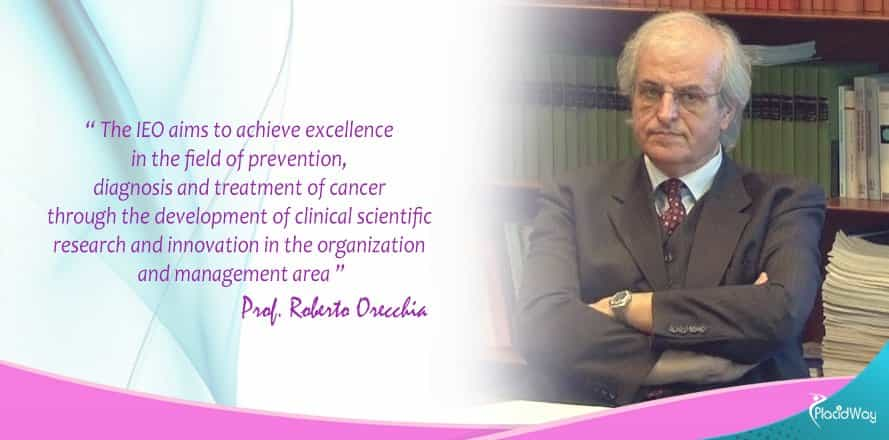
- Reconstructive surgery
There are several types of reconstructive surgery. Some use saline (salt water) or silicone implants, while others use tissues from other parts of your body (called an autologous tissue reconstruction). Decisions about the type of reconstruction and when it will be done depend on each woman's medical situation and personal preferences. You may have a choice between having breast reconstruction at the same time as the mastectomy or at a later time.
Recovery – what should you expect
How long it takes to recover from breast cancer surgery depends on what procedures were done. Most women can return to their regular activities within 2 weeks after a BCS with ALND, while recovery time is often shorter for BCS plus a SLNB. It can take up to 3-4 days after a mastectomy,if there are no complications. Recovery time is longer if reconstruction was done as well, and it can take months to return to full activity after some procedures. Still, these times can vary from person to person, so you should talk to your doctor about what you can expect.
Istituto Europeo di Oncologia in Milan is one of the world’s leading hospitals in breast cancer treatment
Established in 1994, IEO is one of the world's most prestigious oncological hospitals and the fastest-growing comprehensive cancer center in Europe. In 1996 it became the Istituto di Ricovero e Cura a Carattere Scientifico (Institute for Research, Hospitalization and Health Care). IEO has played a major role in developing innovative techniques adopted as international standards: Immediate Breast Reconstruction, Sentinel Node Biopsy, Radioguided Occult Lesion Localization, Lumpectomy, Intra-Operative Radiotherapy, Nipple Sparing, and One-Day Surgery.
"The IEO aims to achieve excellence in the field of prevention, diagnosis and treatment of cancer through the development of clinical scientific research and innovation in the organization and management area. IEO offers constant attention to the quality of services it provides to patients from all over the world", said Director, Prof. Roberto Orecchia.

The IEO Check Up program is unique in Italy. It focuses on prevention and diagnosis of the cancer, being customized by age and sex. Using state-of-the-art technology the IEO Check Up relies on the patient's sex, age and family history, and it includes various clinical care processes, diagnostic procedures and laboratory tests.
IEO has adopted an innovative organizational approach based on Multisciplinary Programs. The programs represent a homogeneous clinical area defined per pathology. The IEO’s Programs are:
- Breast Program
- Lung Program
- Gynecology Program
- Hepatobiliary, Pancreatic and Digestive Program
- Urology and Minimally Invasive Treatment of Prostate Program
"IEO is also the most advanced developing Center in using HIFU technology for cancer treatment in the West and has the largest number of HIFU cancer treatments in western countries", said IEO-CCM Group Chief Officer Dott. Massimo Castoldi.
IEO offers a comprehensive program for the prevention, determining risk factors, early detection, as well as surgical and medical treatment with the latest technology available: medical consultations and diagnostic exams, day hospital treatments, day surgery procedures, in-patient medical treatments and surgical procedures, radiotherapy.
About PlacidWay:
PlacidWay is a leading medical tourism provider in the US and the world, which aims to help the global medical consumer get access to treatment options, healthcare providers, medical centers, and even getting second opinions. Its overall aim as an organization is to help a patient get access to care that is affordable yet high quality, safe and effective.
For more information about IEO and its innovative cancer treatments and procedures, click the button below!
